‘We’d have to start over from zero’: Colombia is pitting two vulnerable groups against each other
The country’s long-running failure to define who owns what land has left an opening for desperate farmers to buy up property they’re not supposed to own, pitting them against Indigenous communities, write Samantha Schmidt and Diana Durán
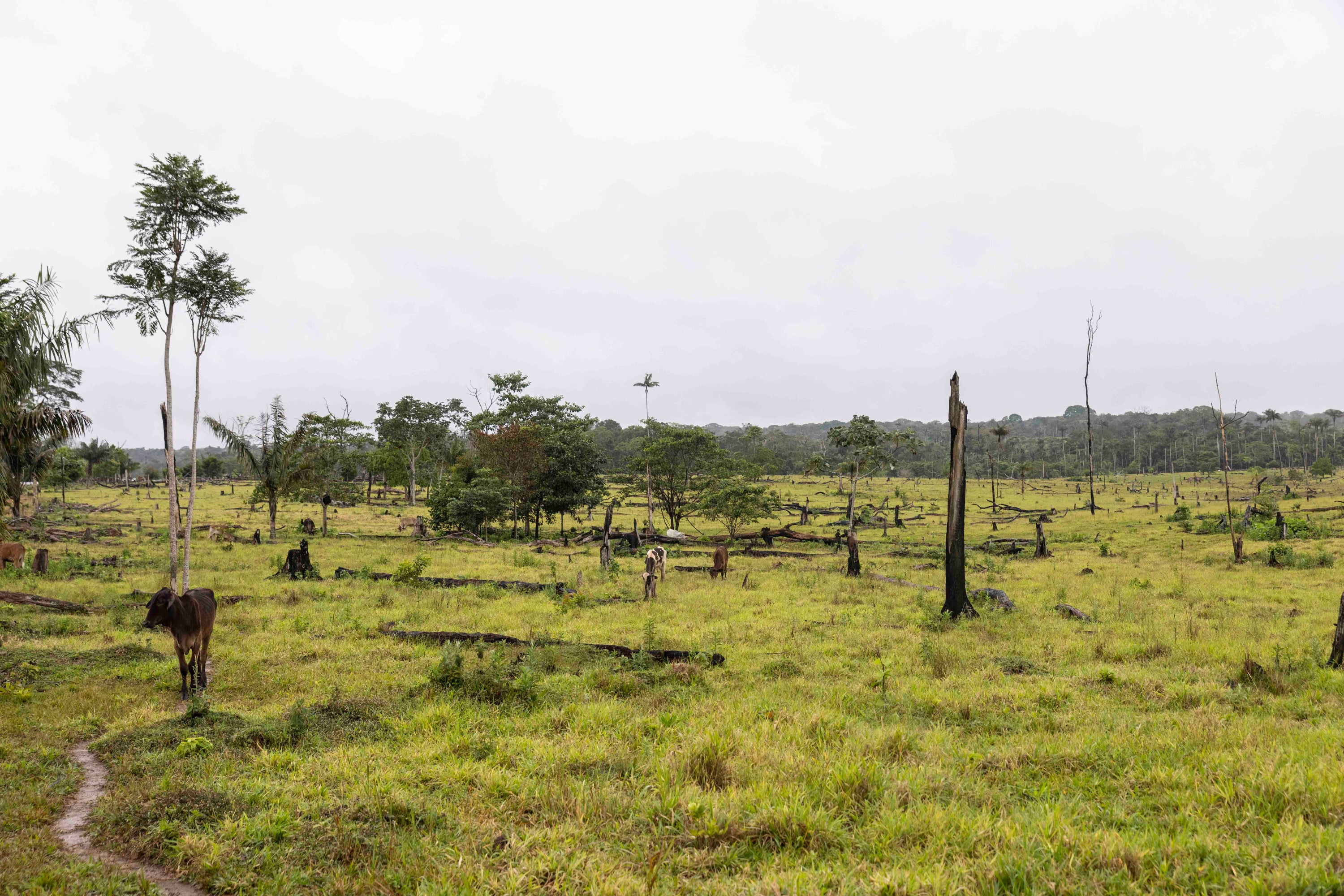
Your support helps us to tell the story
From reproductive rights to climate change to Big Tech, The Independent is on the ground when the story is developing. Whether it's investigating the financials of Elon Musk's pro-Trump PAC or producing our latest documentary, 'The A Word', which shines a light on the American women fighting for reproductive rights, we know how important it is to parse out the facts from the messaging.
At such a critical moment in US history, we need reporters on the ground. Your donation allows us to keep sending journalists to speak to both sides of the story.
The Independent is trusted by Americans across the entire political spectrum. And unlike many other quality news outlets, we choose not to lock Americans out of our reporting and analysis with paywalls. We believe quality journalism should be available to everyone, paid for by those who can afford it.
Your support makes all the difference.Luis Eduardo Tijaro walks down the dirt path to the land where he has invested his life’s savings.
He strolls past his cattle, grazing on bright green pasture; by the small wooden house with the papaya tree towering over his wife's garden; and up to the creek where his 11-year-old son wades.
Their rural community, in an isolated corner of the Amazon once controlled by Colombia’s largest rebel group, is at least two hours from the closest town. The family of four arrived here six years ago, on the back of a motorbike, carrying one suitcase.
Theirs is a uniquely Colombian story, a family hit by opposing sides of the country’s conflict: he was forced from his home by government-backed paramilitaries. She was displaced by rebel fighters. But when they moved here, the country was on the cusp of peace. They found a patch of nearly 185 acres of cheap, rich soil in the Montebello community. They built a home, a farm, a fresh start.
The family had no idea the land was part of a protected reservation for an Indigenous community that had been displaced by guerrillas a decade earlier. A community that objected to the farmers’ practice of clearing the rainforest for cattle and crops. After the rebel Revolutionary Armed Forces of Colombia (FARC) left the jungle and signed a peace deal with the government, Indigenous families launched a legal fight to protect their land.
Now Tijaro and his family fear they will be forced to leave their home yet again.
“We’d have to start over from zero,” Tijaro says.
Half a decade after Colombia’s historic peace accords, an essential source of stability – land – continues to drive conflict here.

The country’s long-running failure to define who owns what land and to record the limits of protected areas has left an opening for desperate farmers such as Tijaro to buy up property they’re not supposed to own.
In the peace deal, signed five years ago Wednesday, the government agreed to distribute land titles, in part to prevent such disputes. But delays in fulfilling that promise are pitting vulnerable populations against each other.
“It's not up to us or the farmers to resolve this conflict. It is up to the state,” says Alexander Bocanegra, an Indigenous leader here. “If not, our territory will be wasted. And if we return, people could die.”
Restoring land
Land lies at the core of conflict in Colombia.
The South American nation has one of the most unequal distributions of land in the world. The top 1% of landowners own nearly 43% of rural land. The country’s small-hold farmers, who produce half of the food consumed in Colombia, own just 4.8% of productive land.
About half of rural parcels in Colombia lack a title, making it difficult for farmers to access loans, invest in land, pass property on to their children or defend territory stolen by armed groups.
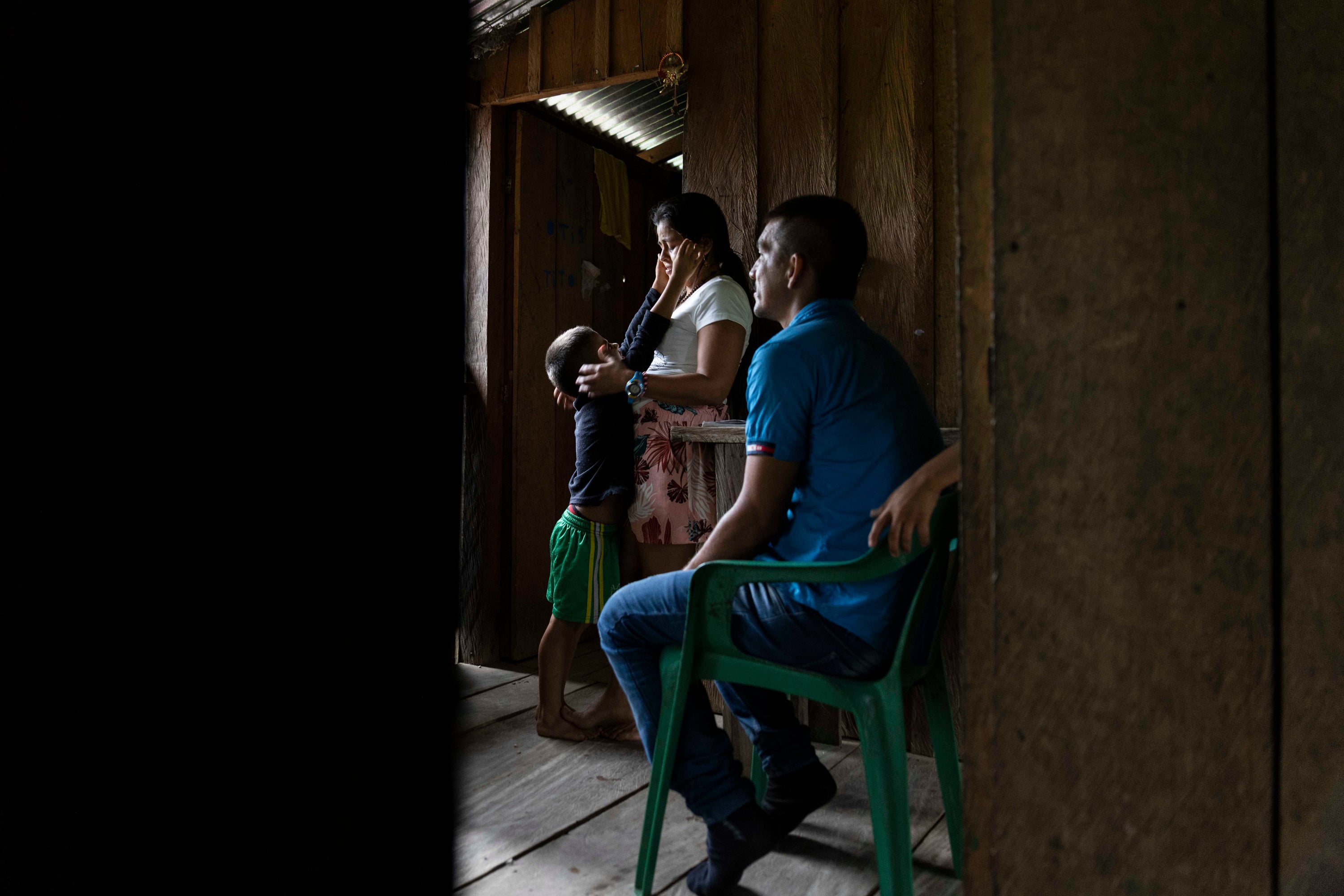
Land was a key reason the FARC took up arms in the 1960s, igniting the 52-year civil war. And yet the conflict only made matters worse: more than 16 million acres were stolen by armed groups on all sides. Millions of families were forced off their land, creating one of the largest internally displaced populations in the world.
The first point in the accords focuses on land: formalising titles for 7 million hectares, creating a fund for landless farmers and setting up a registry to record the ownership and use of all property.
“This would take care of many of the problems we have had for decades in the rural areas,” says Juan Manuel Santos, the president of Colombia during the peace negotiations. “It was the easiest and the fastest point in the agenda that we agreed upon with the FARC.”
But it’s been one of the slowest for the government to implement.
Meanwhile, violence has continued to grow. FARC dissident groups, led by rebels who have rejected the peace deal, and paramilitary groups are terrorising and displacing communities
President Ivan Duque said his administration has demonstrated a “clear commitment” to land reform. In an interview with The Washington Post editorial board, he said he aimed to register 50,000 land titles by December, and has created a road map to update records for 50% of Colombia’s land, the “essence of any rural reforms”.
But critics are doubtful he will reach those goals, and say his administration has exaggerated its progress. As of August, only 15% of the national territory had been included in the land registry, according to the Kroc Institute at the University of Notre Dame, an official monitor of the peace accord implementation. The peace deal called for the creation of a special agrarian jurisdiction to resolve land conflicts, but congress has not approved the law to establish it.
The Duque administration says it has put more than 1.2 million hectares in the land fund. But only 2% has been confirmed to be unoccupied, Colombia’s inspector general's office reported in August.
The US Agency for International Development has spent at least $160 million (£120 million) to support land formalisation, delivering 11,000 titles so far.
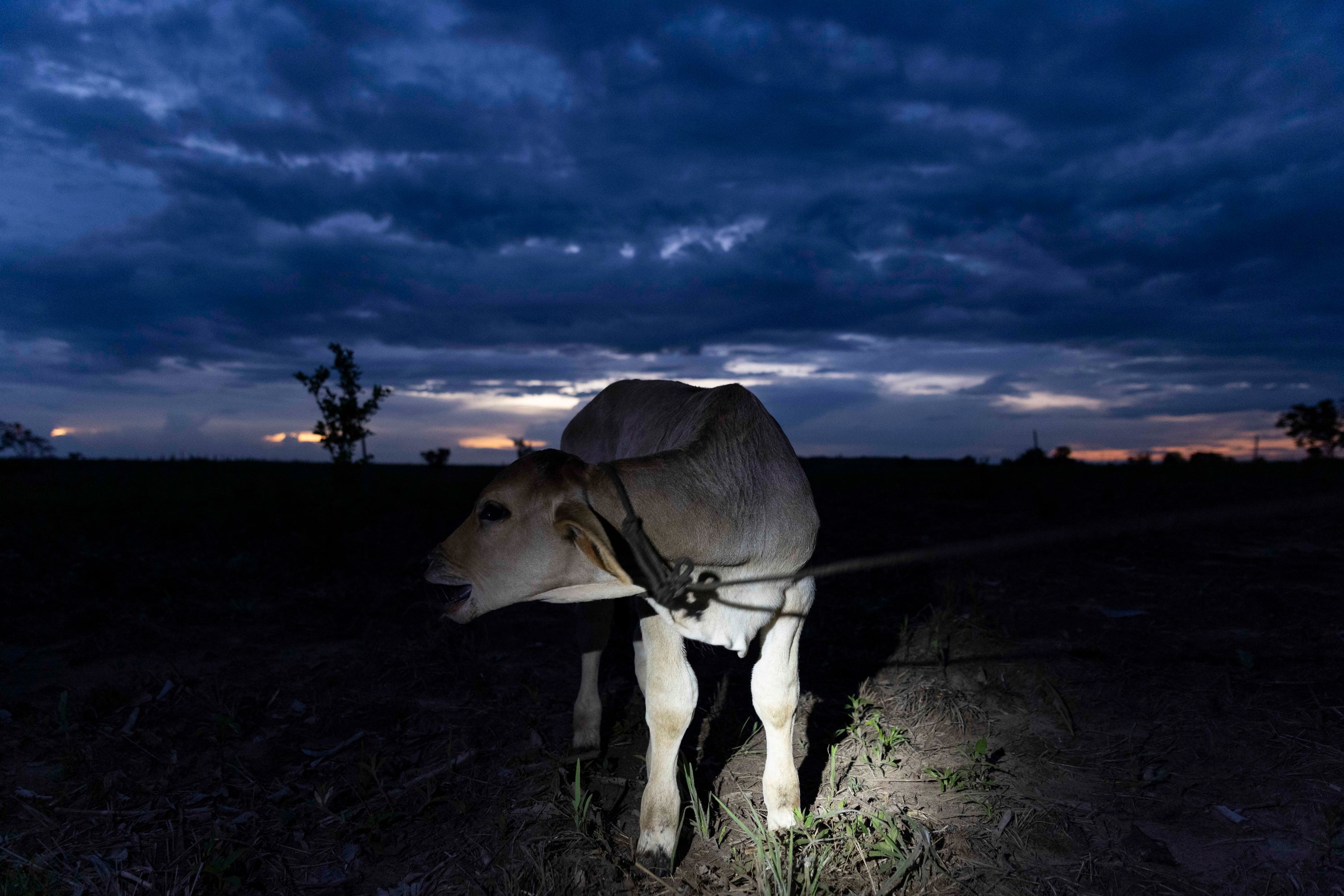
Meanwhile, violence has continued to grow. FARC dissident groups, led by rebels who have rejected the peace deal, and paramilitary groups are terrorising and displacing communities. From January to July, internal displacement increased by 167% over the same period a year earlier, according to UN monitors. More than 400,000 people have been displaced since the accords were signed.
When Tijaro purchased the land from a relative of his wife, he was told the property was outside the Indigenous reservation, the Llanos del Yari-Yaguara II. He signed a contract, but was given no land title.
Now he is hearing rumours that the government could force farmers like him to leave.
“Where would we go?” asks his wife, Yorledi.
‘The false peace’
Hundreds of miles away in Bogota, Efren Bocanegra looks out the window of his cramped apartment at the next building over. He hears the sounds of traffic, music blasting next door, a man with a megaphone selling corn.
His family returned to this brick complex in August, after leaving the Yaguara II reservation in the wake of what Bocanegra describes as “la paz falsa”, the false peace.
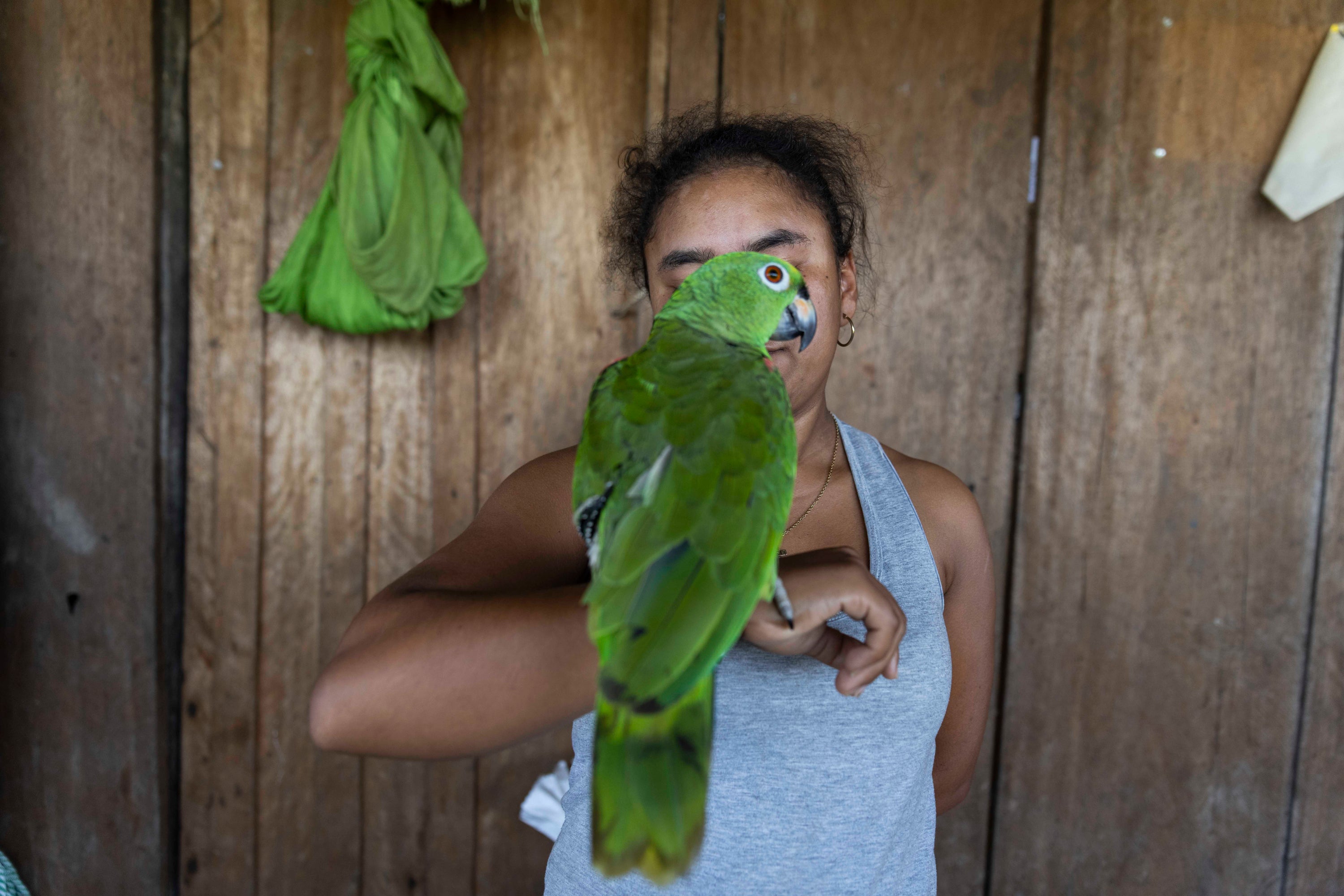
He was eight when his family settled in the untouched land as part of a group of Indigenous colonisers displaced from other parts of the country. In 1995, the Colombian government declared the more than 360,000 acres a protected Indigenous reservation. It’s believed to be the only case of Indigenous colonisation formalised by the Colombian state.
But Colombia was also in the middle of its bloody internal conflict. Bocanegra was 15 when his father, a community leader, disappeared. Then, in 2004, a different Bocanegra leader also went missing. The family believe both men were killed by the FARC. FARC members warned Bocanegra’s extended family to leave within 48 hours, or they would be killed.
The Bocanegras fled to different cities across the country. Efren and his family arrived in Bogota with no money and no experience of urban life. They went from growing all their food to paying rent and water bills for the first time. They lived on leftovers from the city’s largest market until Bocanegra found work as a high school janitor.
The government eventually provided them with a house in a residential complex for victims of the conflict. But after the peace deal, they filed a lawsuit demanding the state guarantee their safe return to their land.
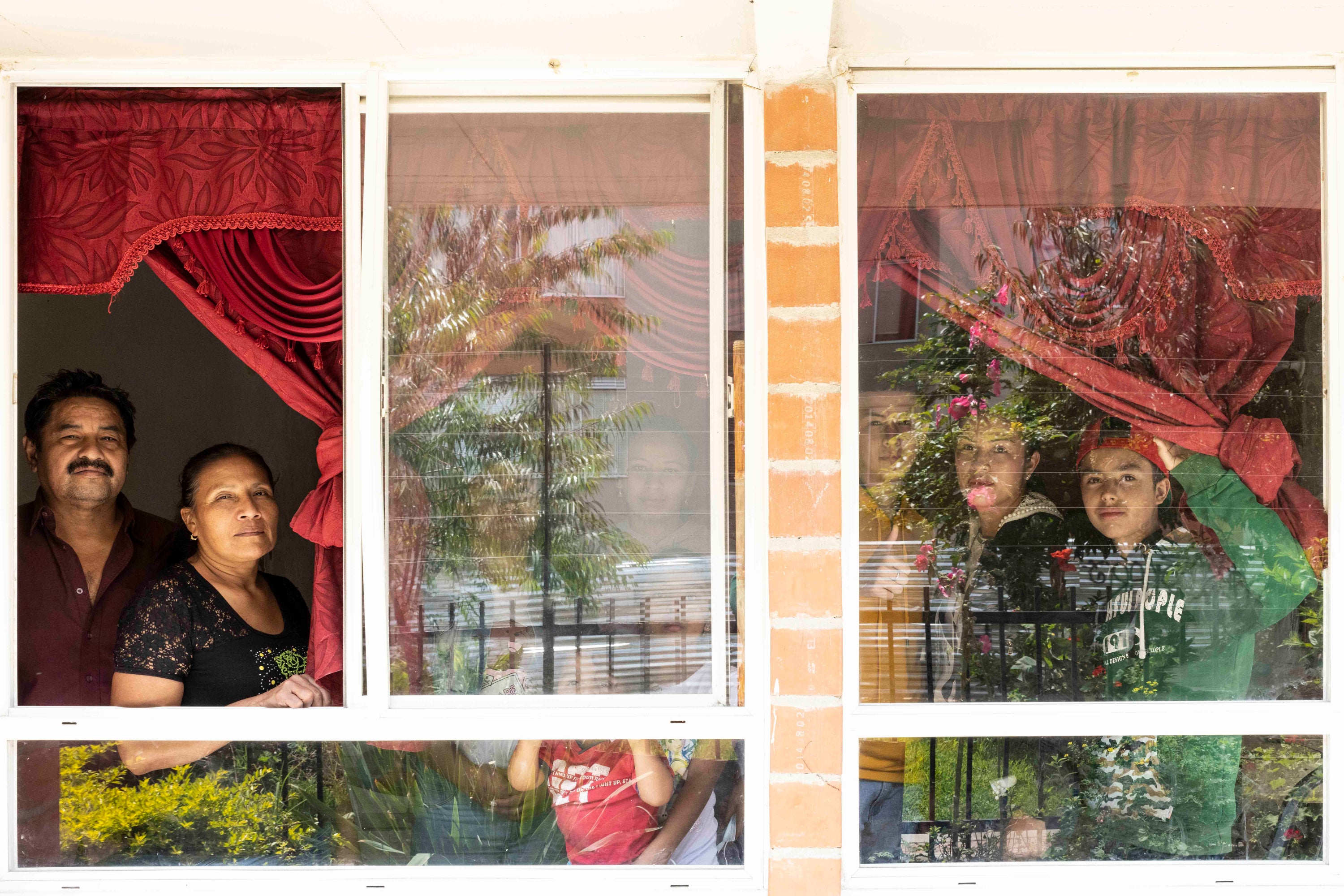
A judge ordered the government to define the reservation’s borders, to protect it from armed criminal groups and to work with the military to eradicate illegal crops in the area.
The judge also pointed out the “dramatic” increase in deforestation, driven by the cattle ranching, and ordered government agencies to come up with a strategy to stop it.
But as four years passed, farmers continued to move into the reservation, the trees continued to fall and new criminal groups – FARC dissidents – began to gain control.
The Indigenous families that had returned to the reservation, led by Bocanegra’s son, Alexander, and sister, Yerley, pleaded with local farmer leaders and the government to stop the deforestation. When that didn’t work, they asked for a meeting with the people who had the most authority in the region: the FARC dissidents.
After farmers failed to heed repeated warnings to stop deforestation, local Indigenous leaders confiscated their chain saws. But that led only to threats
“Who gave you permission to come back?” asked the local commander, known by the alias Cipriano Gonzalez. He accused the Bocanegras of being informants for the Colombian military.
Then, in August, a messenger delivered orders: the Bocanegras would have to stop working with the government to preserve their land. It was clear to the family that they would have to leave.
They returned to Bogota. The next day, news broke: the army had killed Gonzalez. Word spread that his brothers blamed the Bocanegras and wanted revenge.
The Bocanegras don’t know when it will be safe to return.
“It’s a complete abandonment by the state toward the farmers, toward the Indigenous,” Yerley Bocanegra says. “It's a war without end.”
No alternatives
For years, the farmers in the Montebello community lived in harmony with their Indigenous neighbours, the few families who stayed behind on the reservation. They played football in the field by the community store, across from the Pentecostal church. Their children attended the same school.
In 2017, everything changed. That was the year government officials started showing up to take measurements on the outside of the Yaguara II reservation. When they started telling farmers their properties were on the protected land.
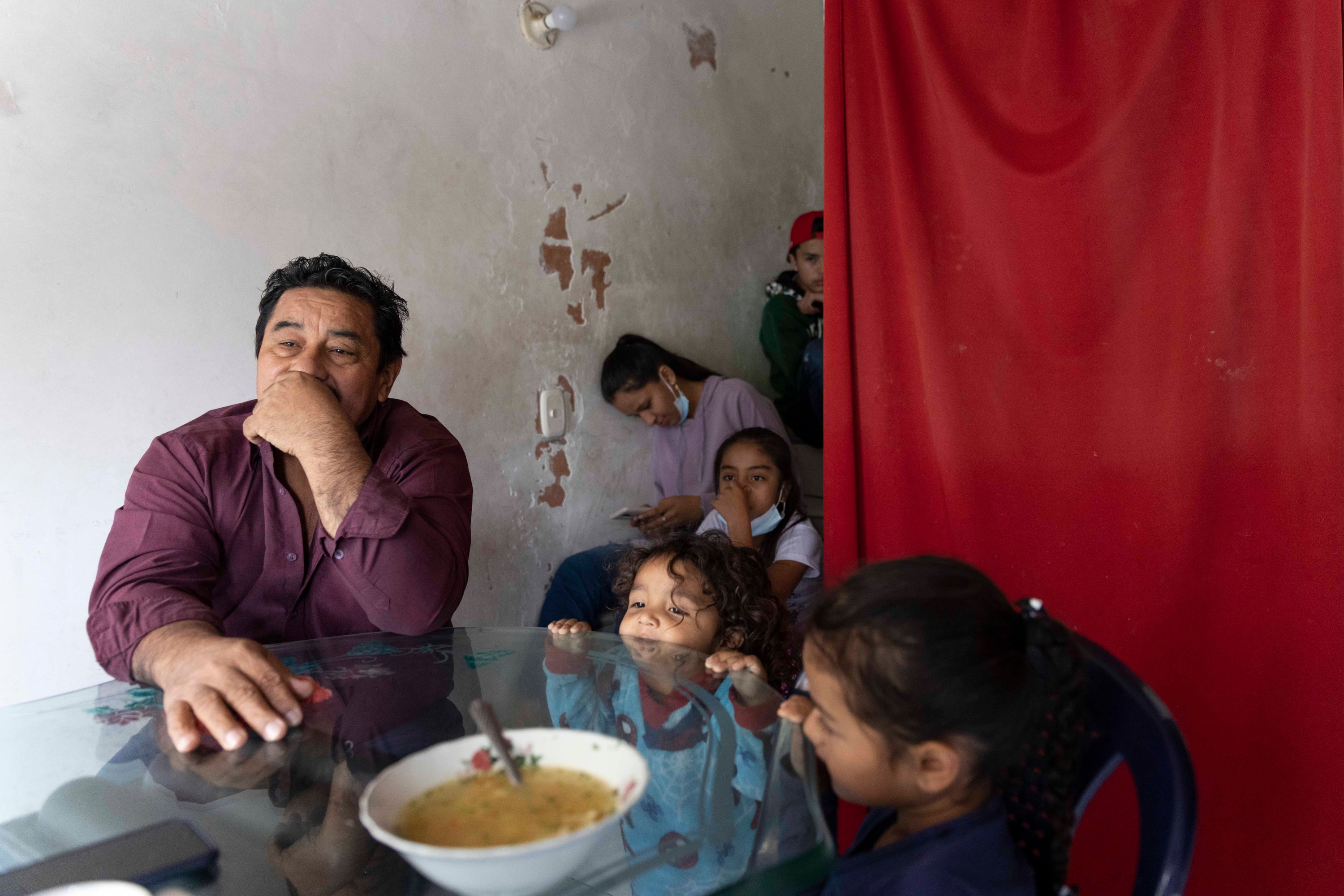
It was a debate about invisible lines, borders never made clear to the farmers or the Indigenous families. Caught in the middle were about 90 families, most of them farmers, many of whom arrived in the past five years.
Fanny Barreto, who lives with the Indigenous community in the Yaguara II reservation, didn't want the farmers to have to leave their homes. But she wanted them to stop clearing the trees.
After farmers failed to heed repeated warnings to stop deforestation, local Indigenous leaders confiscated their chain saws. But that led only to threats. One farmer said if the Indigenous families tried to kick him out of his home, someone would end up dead.
The Indigenous families and the government say they have no plans to forcibly remove the farmers. But the farmers’ fears have a basis. The Duque administration has militarised the fight against deforestation through a strategy called “Operation Artemisa”. It has been accused of excessive force against small-hold farmers.
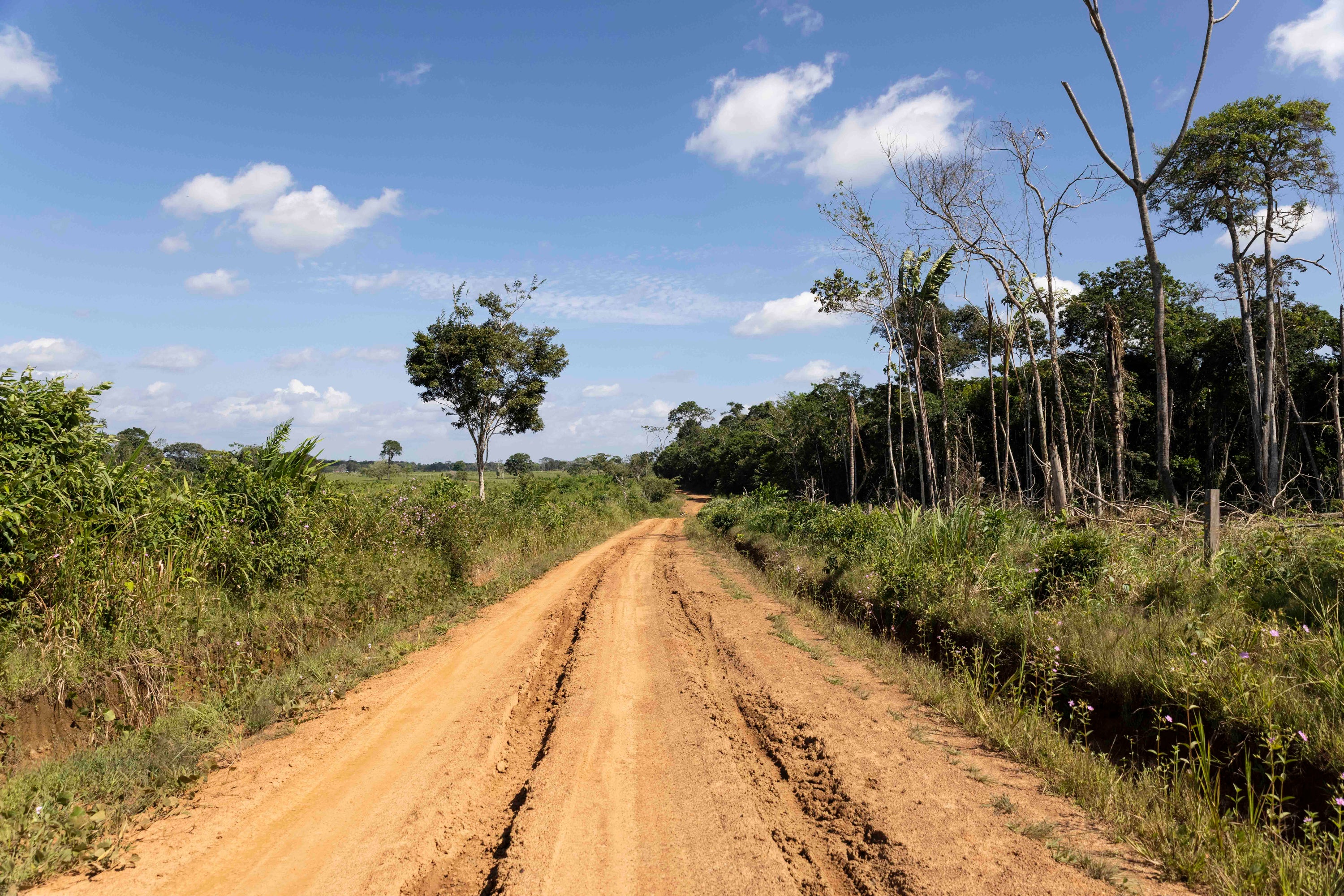
The farmers here say they have no choice but to cut down trees.
“The economy revolves around livestock here,” local leader Elver Ortiz tells Barreto as a group of farmers and Indigenous families debate the issue in the community gathering space. Other crops, such as plantains and yucca, would require fewer acres of deforestation than cattle and cause less harm to the environment. But they’re not as profitable, Ortiz said, “because we don’t have roads.”
If the government paved roads – another promise of the accords – Ortiz might be able to cover the costs of transporting plantains to La Macarena, the closest town. But the only way to town now is a muddy trail that becomes nearly impassable when it rains.
“Why cattle?” he says. “Because the cattle we can take by foot.”
Tijaro sees livestock as his only option. It has allowed him to provide a comfortable life for his children – a life better than he had.
In his small wooden home, steps from the community gathering place, Tijaro's youngest son rushes in, taking off his backpack. His mother asks about his homework.
The seven-year-old helps his mother feed the family’s baby chickens. He grabs one tight: “This one is my favourite!”
Tijaro watches through the window, looking out at his pasture, as his older son runs in circles in the falling rain.
© The Washington Post



Join our commenting forum
Join thought-provoking conversations, follow other Independent readers and see their replies
Comments